The once-booming duty-free industry in South Korea is undergoing a seismic shift as operators pivot their focus from international tourists to domestic consumers. This strategic realignment comes as the sector grapples with the prolonged absence of Chinese group travelers and the slow return of other foreign visitors post-pandemic. What began as temporary survival measures during COVID-19 has now evolved into permanent business model transformations that are reshaping the country's retail landscape.
The golden era of duty-free in Korea now feels like a distant memory. For years, Chinese tour groups would arrive by the busload, their shopping lists filled with luxury handbags, premium cosmetics, and high-end watches. Lotte Duty Free's main Seoul store alone used to welcome over 20,000 visitors daily, with Chinese nationals accounting for nearly 70% of sales. Those heady days fueled years of double-digit growth, turning Korea into the world's second-largest duty-free market after China.
When international borders slammed shut in early 2020, duty-free operators faced an existential crisis. Inventory piled up, luxury brands demanded contract renegotiations, and monthly losses mounted into the millions. The industry's first instinct was to slash prices and dump stock through online channels. But as the pandemic dragged on, companies began recognizing they needed more fundamental changes. "We realized waiting for tourists to return wasn't a strategy," confides a senior executive at Shilla Duty Free who asked not to be named. "The domestic market became our lifeline, then gradually our future."
Retooling for local shoppers required more than just translating signs into Korean. Where international visitors sought iconic global brands, domestic consumers showed different preferences. Korean beauty products, once considered mere souvenirs for foreigners, became top sellers among locals. Luxury goods remained important but shifted toward entry-level items rather than the high-ticket purchases favored by Chinese buyers. Perhaps most surprisingly, premium liquor and imported food categories saw explosive growth among Korean customers.
The product mix isn't the only thing changing. Marketing strategies have undergone complete overhauls. Instead of airport billboards and overseas travel fairs, duty-free operators now invest heavily in domestic digital advertising and influencer partnerships. Membership programs once designed around passport numbers now emphasize local payment methods and delivery addresses. Even store layouts are being reconfigured - where sprawling luxury boutiques once dominated, retailers now create hybrid spaces combining duty-free sections with domestic tax-paid zones.
This transition hasn't been without growing pains. Some European luxury houses initially resisted making their duty-free inventories available to local customers, fearing brand dilution. Pricing structures created headaches as operators balanced duty-free discounts against domestic retail channels. Perhaps most challenging has been changing consumer perceptions. "Many Koreans still associate duty-free shops with travel," explains retail analyst Kim Ji-young. "Convincing them they can access these benefits at home requires re-education."
The digital transformation has proven crucial to cracking the domestic market. While international tourists preferred in-store experiences, local consumers have embraced app-based shopping with voracious appetite. Hyundai Department Store Duty Free saw its online sales to domestic customers jump 320% in 2022, now accounting for nearly half of total revenue. Competitors have followed suit, developing mobile platforms that blend gaming elements with shopping - a tactic particularly effective with younger demographics.
These digital-native approaches are yielding valuable data about local shopping behaviors. Analytics reveal domestic customers make smaller but more frequent purchases compared to tourist shoppers. They're also more responsive to limited-time offers and exclusive product launches. Perhaps most importantly, Korean consumers demonstrate stronger brand loyalty when properly engaged, providing hope for sustainable revenue streams.
Looking ahead, industry leaders believe the domestic focus isn't just a pandemic stopgap but represents the new normal. Even as international travel recovers, the lessons learned during this period will endure. "We've discovered our home market's potential was vastly underestimated," says Lotte Duty Free CEO Lee Yoon-kyo. "While we'll always welcome foreign visitors, going forward our business will be built on serving both international and domestic customers equally."
The implications extend beyond retail. This shift is affecting everything from commercial real estate in tourist districts to supply chain logistics. Some observers even suggest it may influence Korea's broader economic policies regarding domestic consumption stimulation. What began as an emergency survival tactic may ultimately make the country's duty-free industry more resilient and balanced than ever before.
As afternoon shoppers browse the redesigned floors of Seoul's major duty-free stores, the changes are visible everywhere. Korean-language signage dominates, staff greet customers in the local dialect, and product displays highlight items trending on domestic social media. The perfume counters still carry Chanel No. 5, but now share shelf space with local niche fragrances. It's a retail revolution happening in real-time - one duty-free bag at a time.
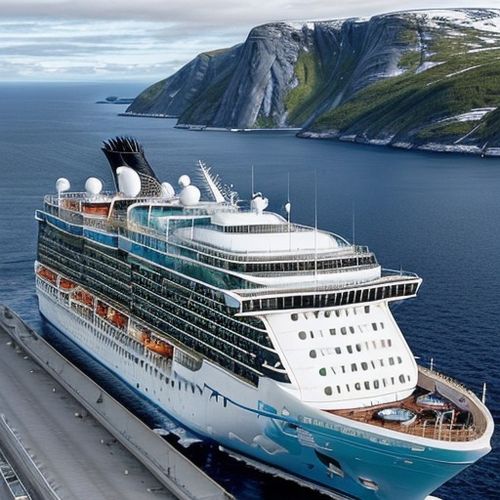
By Rebecca Stewart/Apr 7, 2025
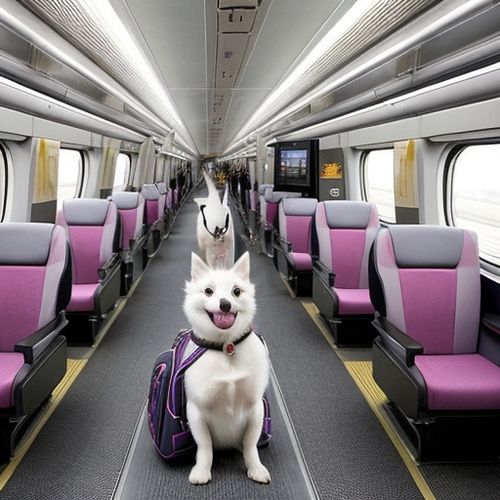
By Sophia Lewis/Apr 7, 2025

By Emily Johnson/Apr 7, 2025

By Laura Wilson/Apr 7, 2025
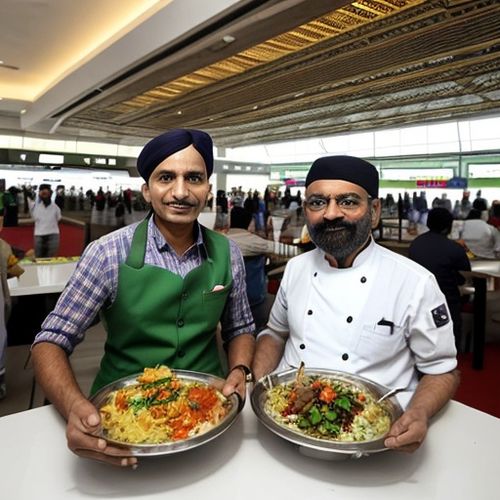
By David Anderson/Apr 7, 2025

By Benjamin Evans/Apr 7, 2025

By William Miller/Apr 7, 2025
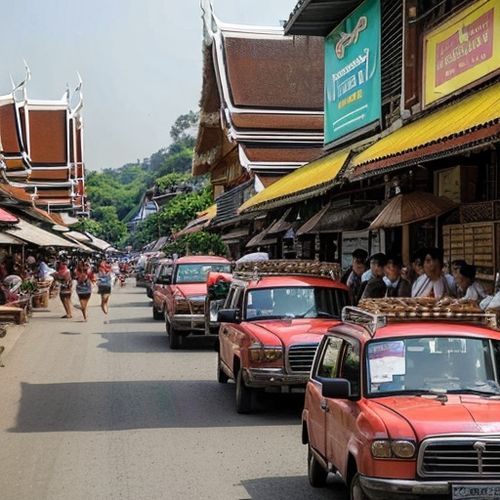
By Emma Thompson/Apr 7, 2025

By Benjamin Evans/Apr 7, 2025

By Noah Bell/Apr 7, 2025
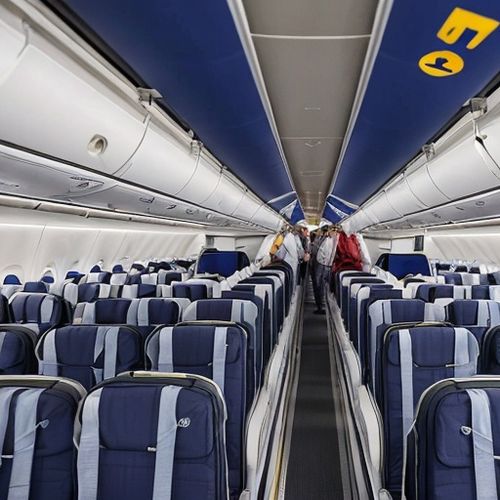
By Elizabeth Taylor/Apr 7, 2025

By George Bailey/Apr 7, 2025
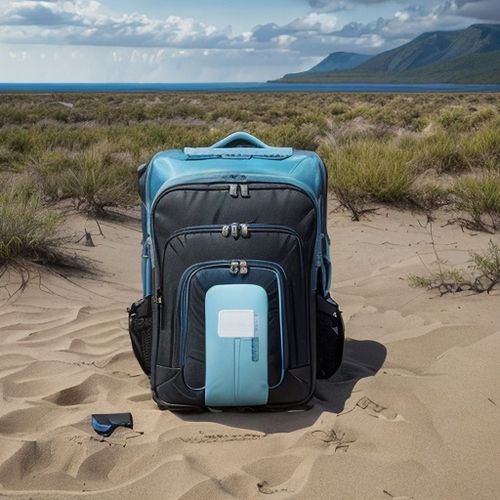
By Olivia Reed/Apr 7, 2025
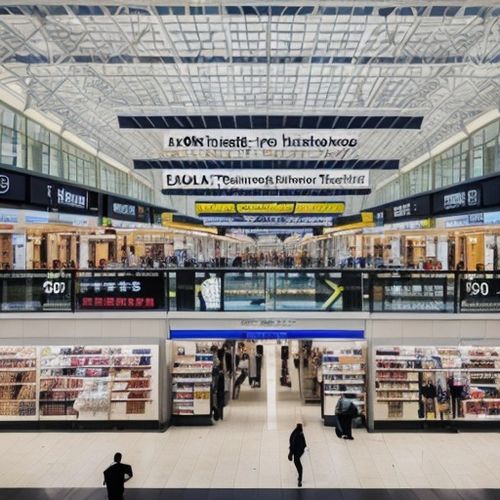
By Ryan Martin/Apr 7, 2025
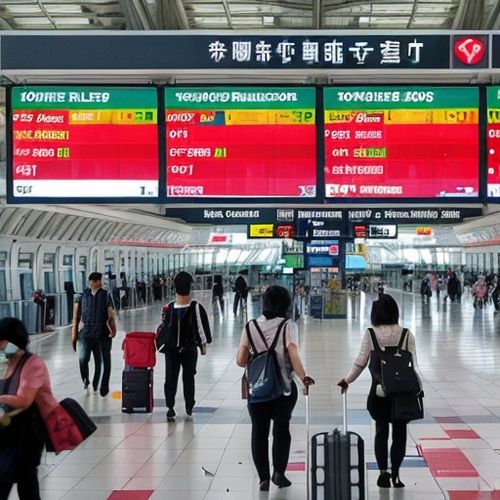
By George Bailey/Apr 7, 2025
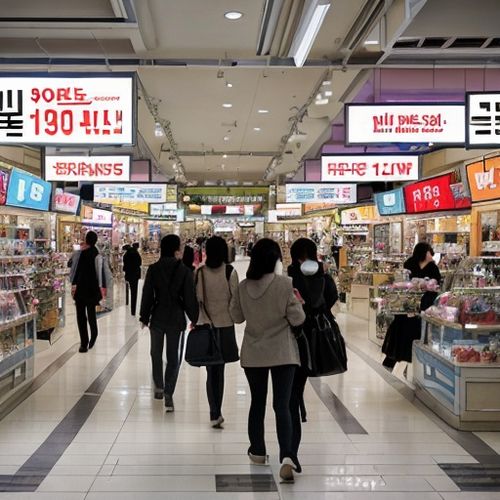
By Laura Wilson/Apr 7, 2025

By Laura Wilson/Apr 7, 2025